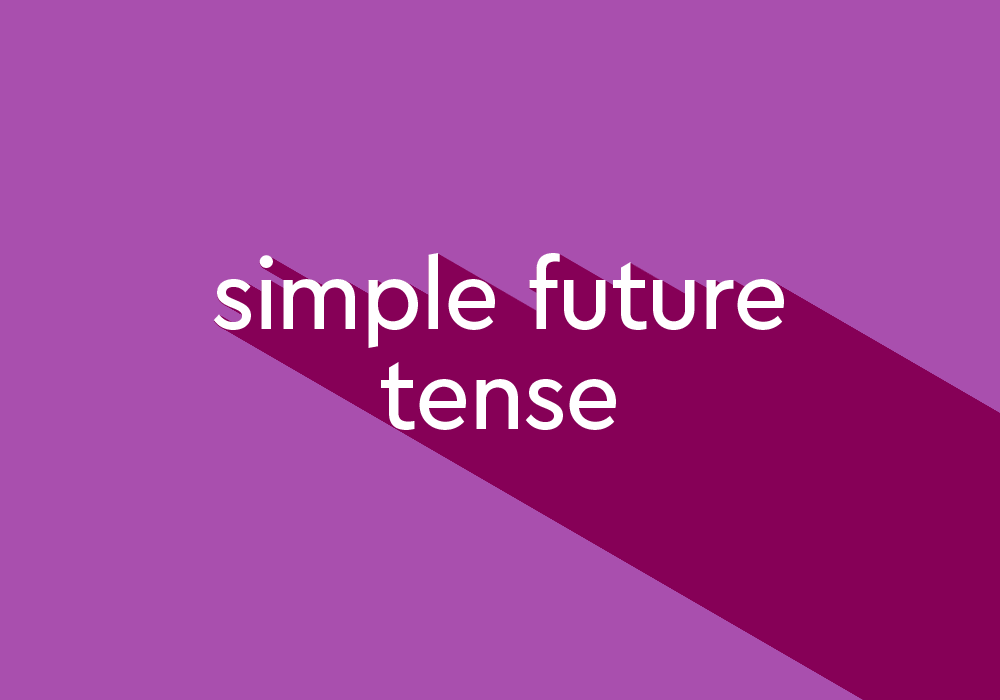همانطور که همه ما میدانیم، فعل زمان آینده فعلی است که نشان دهنده کاری است که هنوز انجام نشده. در زبان انگلیسی هیچچیزی تحت عنوان زمان فعل آینده وجود ندارد چون از چندین راه مختلف برای صحبت در مورد آینده استفاده میکنیم.
متداولترین راهها عبارت هستند از:
They’re going to build a new shopping centre here. (be going to)
Leena is working in Singapore next week. (present continuous حال استمراری)
I think they will postpone the match. (modal verb will فعل مدال)
Nadia arrives in about half-an-hour from now. (present simple حال ساده)
I’ll be running ten kilometres a day for the next two weeks to get ready for the marathon. (future continuous آیندهی استمراری)
We’re late. Do you think the lecture will have started? (future perfect آیندهی کامل)
We’re just about to leave for the cinema. (be about to)
The president is to visit Brazil in November. (be to)
The visitors are due to arrive at the factory early in the morning. (be due to)
I was on the point of leaving my job but then I got promoted so I changed my mind. (be on the point of)
She promised she would return soon. (future in the past آینده در گذشته)
They said they were having a holiday next April. (future in the past آینده در گذشته)
در مثالهای بالا انواع روشهایی که ما را قادر میسازد به آینده اشاره کنیم را با مثال دیدیم. در آینده تک به تک این ساختارها را با جزئیات بررسی میکنیم.


